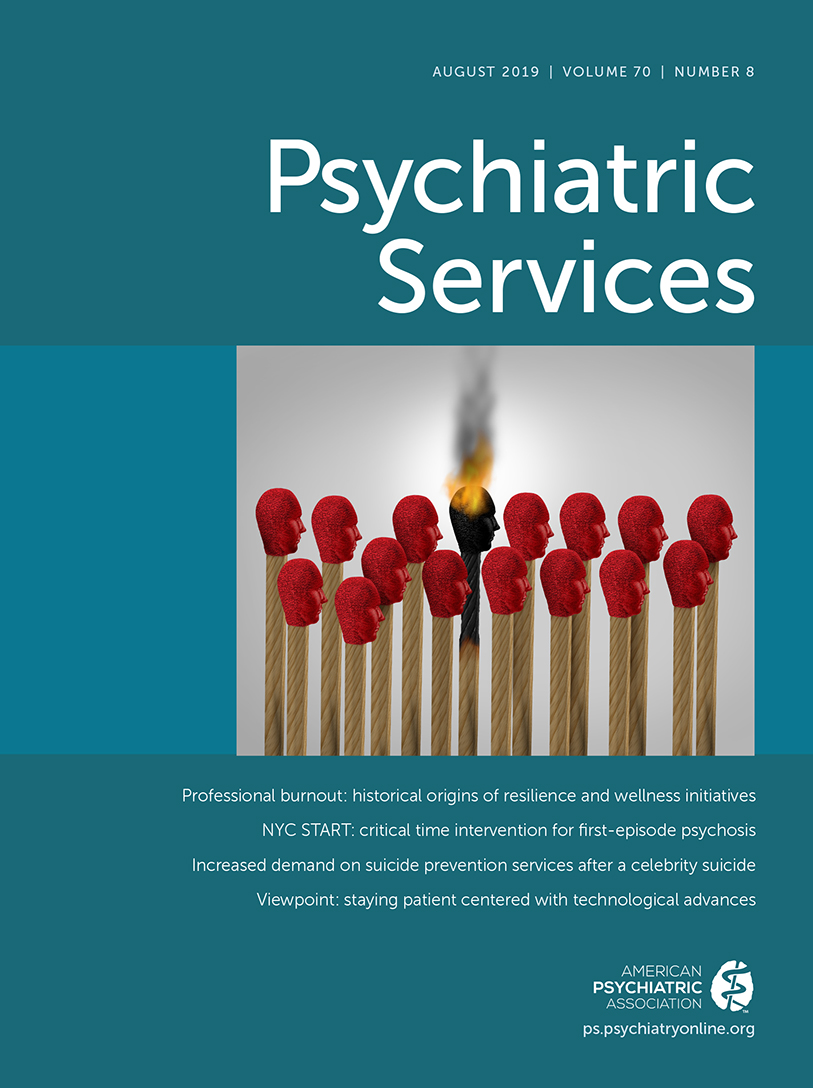A Systematic Review of Health Outcomes Associated With Provision of Representative Payee Services
Abstract
Objective:
The Social Security Administration’s Representative Payment Program appoints payees as financial managers for individuals determined incapable of managing their funds. The aim is to afford stability and increase clients’ ability to meet health and behavioral priorities. This systematic review examined literature on the effect of representative payee services on identified outcomes.
Methods:
A search of academic databases and gray literature was conducted in November 2015 and repeated in December 2017. Included studies had a comparison group; excluded studies examined services other than representative payee. Primary outcomes included substance use, symptoms of mental illness, housing stability, quality of life, and other health-specific outcomes. Secondary outcomes included the client-payee relationship and client satisfaction with services.
Results:
Eighteen articles met inclusion criteria. Studies assessing primary outcomes found several positive and few negative effects of representative payee services. Studies examining secondary outcomes indicated that receipt of such services may affect the client-provider relationship, increase conflict and violence, and increase clients’ perceptions of financial leverage (i.e., a payee’s use of control over funds to encourage, incentivize, or otherwise coerce certain behaviors). Most studies were of poor or moderate quality. Studies spanned nearly two decades, and results may have been confounded by the evolution of service delivery modalities.
Conclusions:
Representative payee services are largely beneficial or neutral in terms of health and behavior outcomes. Negative findings mainly involved the client-payee relationship. Given that more than five million individuals have a representative payee, assessing the impact of these services with more rigorous research designs is worthwhile.



